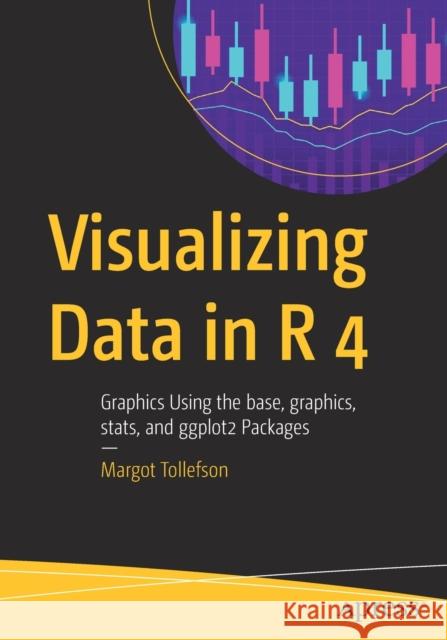Visualizing Data in R 4: Graphics Using the Base, Graphics, Stats, and Ggplot2 Packages » książka
topmenu
Visualizing Data in R 4: Graphics Using the Base, Graphics, Stats, and Ggplot2 Packages
ISBN-13: 9781484268308 / Angielski / Miękka / 2021 / 401 str.
Kategorie:
Kategorie BISAC:
Wydawca:
Apress
Język:
Angielski
ISBN-13:
9781484268308
Rok wydania:
2021
Ilość stron:
401
Waga:
0.72 kg
Wymiary:
25.4 x 17.78 x 2.18
Oprawa:
Miękka
Wolumenów:
01
Dodatkowe informacje:
Wydanie ilustrowane











